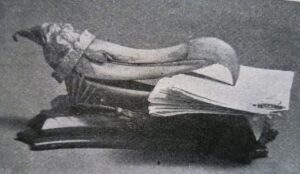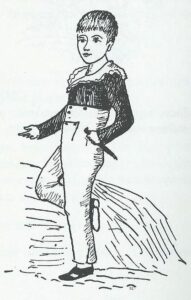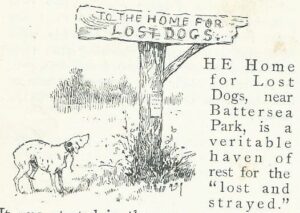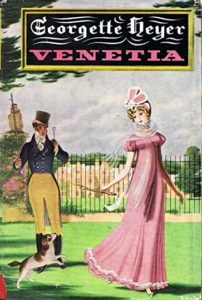I had a painful fall last week. I was crouching down to photograph an interesting ancient tombstone on the Isle of Man – as one does – and I stupidly tried to use the top of the tombstone which was covered with damp moss to pull myself up – and fell.
I now have a number of large bruises down my right side which have gone through red, violet, blue and are fading slowly through plum and black. I am slowly improving but it is extremely painful to sit down and typing is impossible.
Many apologies – and keep well.
Elizabeth Hawksley
Please share this page...






